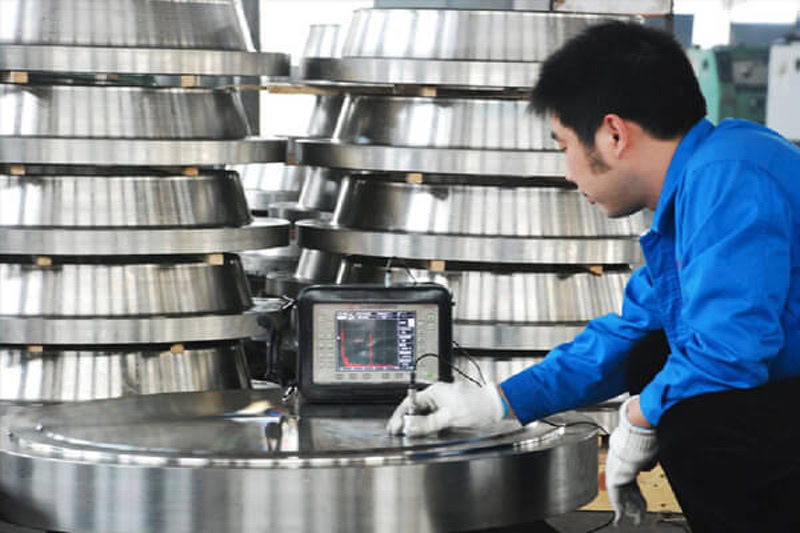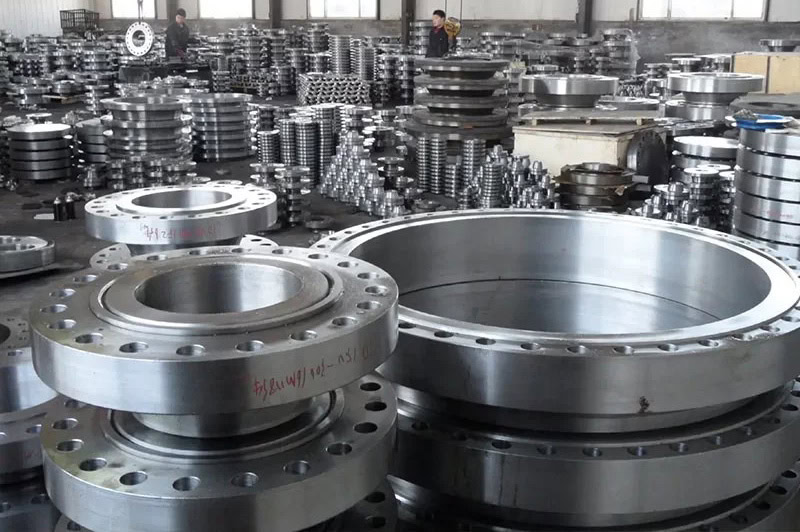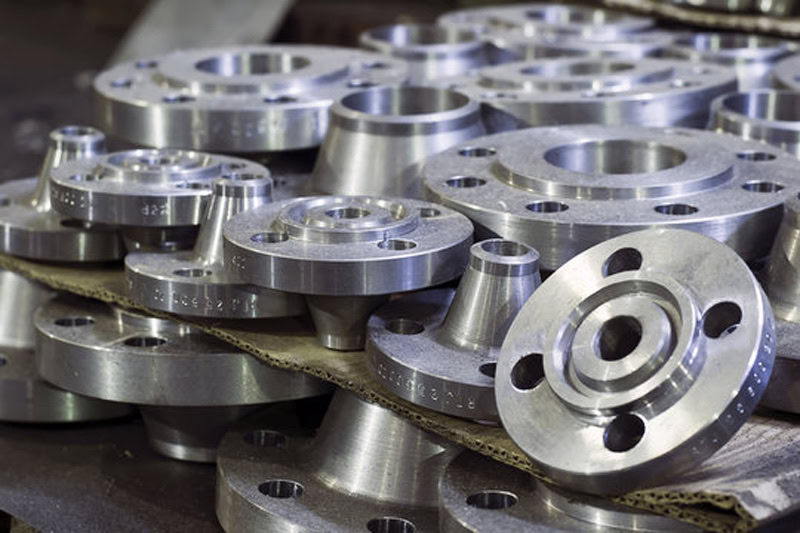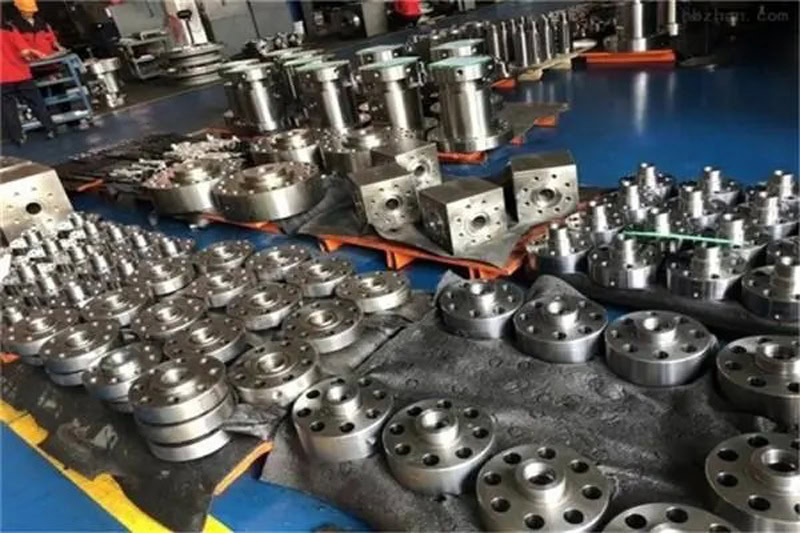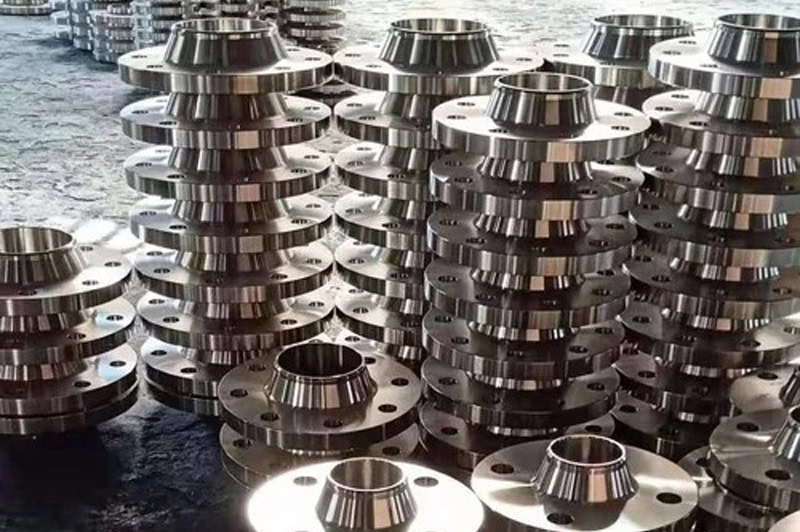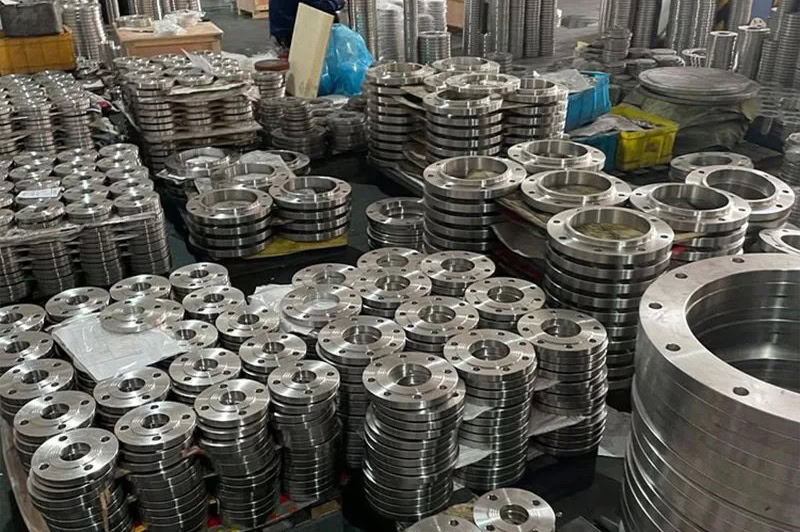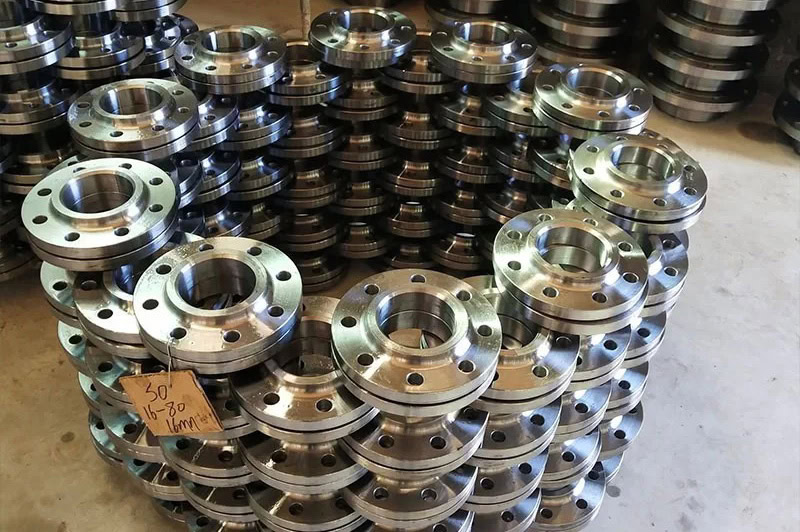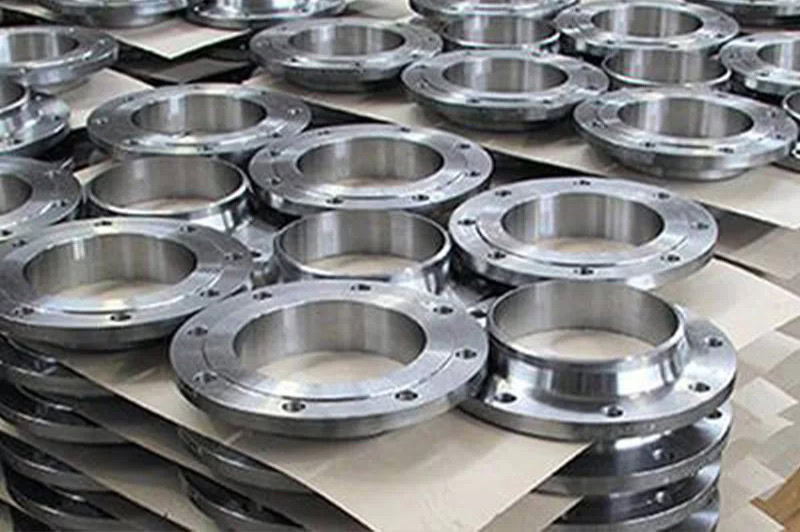Custom Casting Titanium Flange Services
Casting is one of the important methods for manufacturing titanium flanges, which has the advantages of being able to complex shapes and relatively low cost. Wstitanium provides customized casting titanium flange solutions for many fields such as chemical industry, aerospace, metallurgy, energy, etc.
- ASME B16.5
- Investment Casting
- Graphite Mold Casting
- Gr1/Gr2 / Gr5 / Gr7 / Gr12
- Sandblasting
- Heat Treatment
- CNC Machining
- Pickling and Passivation
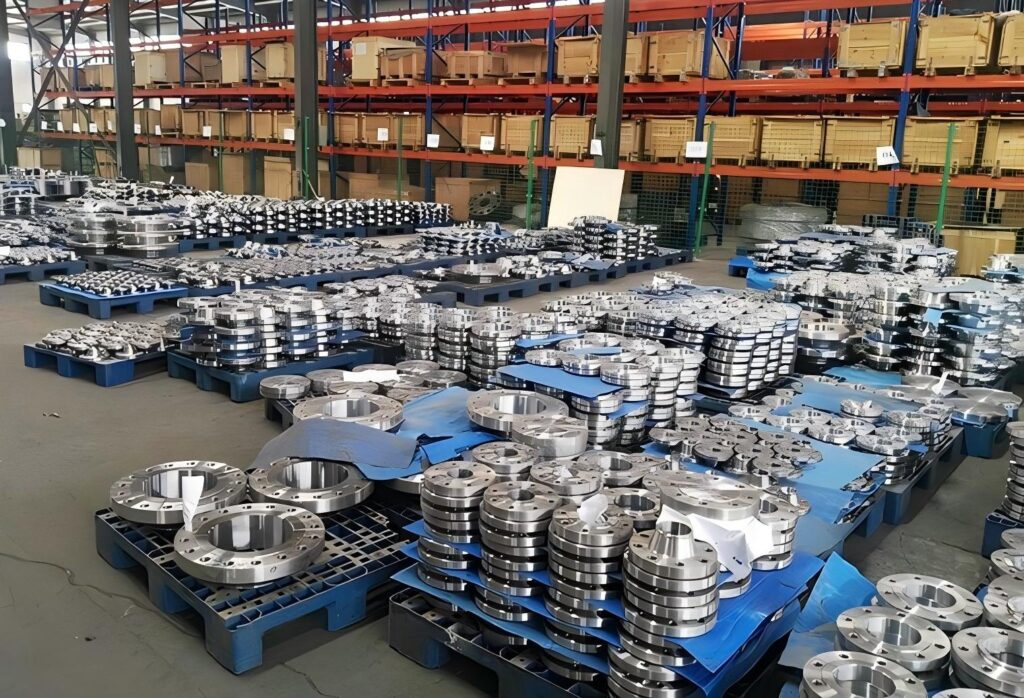
Trusted Casting Titanium Flange Solutions
Wstitanium has extensive experience in the design and maintenance of pipeline systems, especially in the corrosion resistance and sealing of pipeline systems, and provides customized casting titanium flange services to customers around the world. Casting titanium flanges is one of the most economical solutions to resist corrosion from various chemical media, according to drawings meets ASME B16.5 standards.
Investment in casting equipment
Wstitanium mainly uses a vacuum consumable arc shell furnace to melt titanium. The principle is: in a vacuum furnace, a titanium ingot or forged rod is used as the parent material electrode (negative electrode), a water-cooled copper crucible is used as the positive electrode, and a low-voltage (25-40V) high current is passed.
After the two poles are close to the arc, the end of the titanium consumable electrode is heated and melted, and the droplets fall into the crucible to form a molten pool. Under the action of water cooling, a layer of shell is quickly formed between the copper crucible wall and the molten pool. This layer of shell can effectively protect the crucible from corrosion and prevent the titanium liquid from being contaminated. When the molten pool in the crucible reaches a sufficient amount, the power is quickly turned off and the arc is broken, the electrode is quickly lifted, the crucible is turned over, and the molten titanium water is injected into the static or centrifugal casting mold. The advantage of this equipment is that the production efficiency is high and the alloy composition is easy to accurately control.
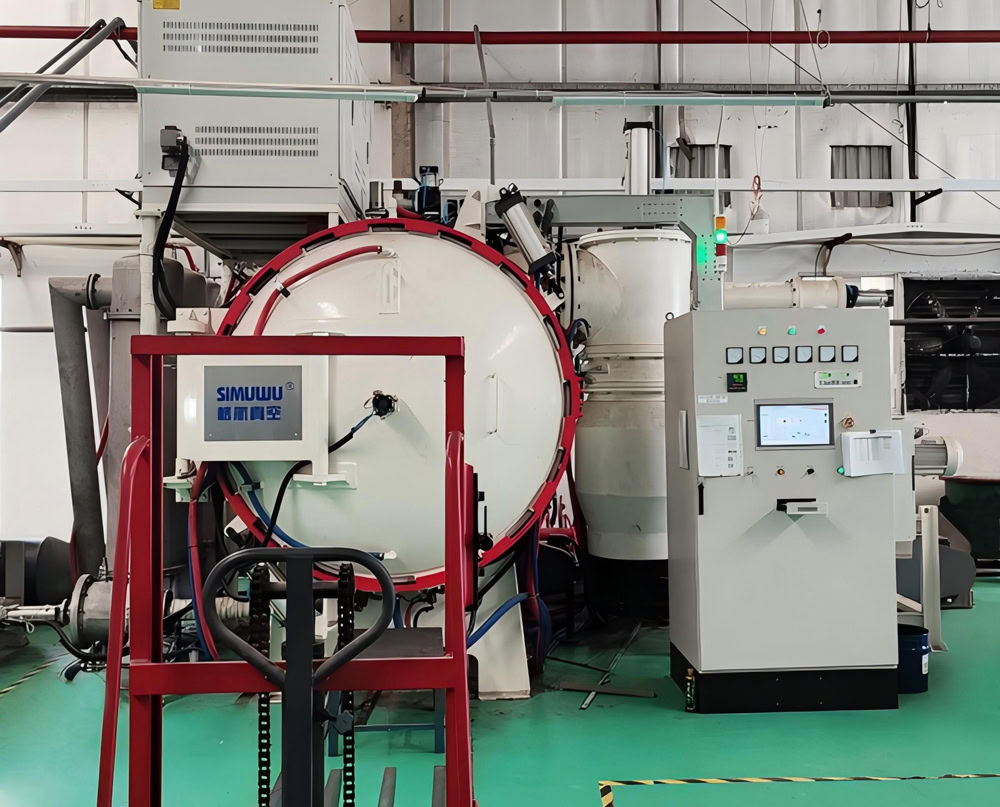
Modeling
Casting is a method of injecting liquid titanium into the mold cavity and obtaining the desired shape and performance casting after it cools and solidifies. Different casting processes have their own advantages and disadvantages.
Graphite Mold Casting
Graphite mold casting is an important technology for Wstitanium to manufacture titanium flanges. Graphite material has a series of excellent properties, making it an ideal model material for casting titanium flanges. First of all, graphite has good high temperature resistance and can withstand the extremely high pouring temperature of titanium liquid. At the moment when titanium liquid is injected into the mold, it will not soften, deform or melt due to high temperature, ensuring the integrity and stability of the mold. Secondly, graphite has a low thermal expansion coefficient and a small difference in thermal contraction with titanium materials during cooling, which helps to reduce defects such as cracks and deformation caused by thermal stress during the solidification process of the casting, and improve the dimensional accuracy and quality of the casting.
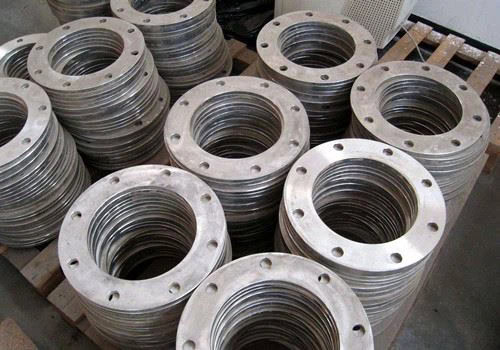
Investment casting is the core process of Wstitanium to manufacture high-precision, complex-shaped, smooth-surfaced and dense aviation titanium flanges. The surface of the model is coated with multiple layers of refractory materials, and after drying and hardening, a hollow shell is formed. Then pour the high-temperature molten titanium into the shell, and after cooling and solidification, you can get a precision casting that is consistent with the shape of the model. This technology can produce titanium flanges with a dimensional accuracy of ±0.1mm and a surface roughness of Ra0.8 – Ra1.6μm.
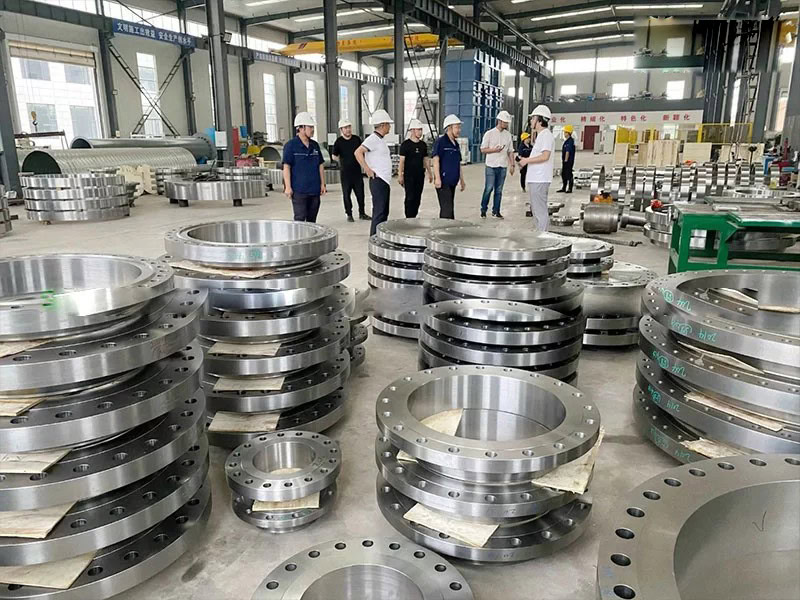
Cast Titanium Flange Specifications
Industrial application scenarios are complex and diverse, and standard titanium flanges often cannot meet all requirements. This highlights the importance of customized casting titanium flange specifications. Different engineering projects have unique requirements for the size, shape, structure and performance of titanium flanges due to differences in their environment, conveying media, working pressure and temperature. Wstitanium provides customized casting titanium flange services according to the drawings you provide.
| Item | Parameters |
| Standard: | ASME B16.9 |
| Material | Gr2 / Gr5 / Gr7 / Gr12 |
| Type | Blind / Weld Neck / Slip-on |
| Maximum & Manimum Pressure | Class 150 To Class 2500. |
| Dimensions & Standard | DIN 2561/ EN 1092-1/ EN 1092-2/ DIN 2501/ DIN 2527/ JIS/ ISO/ P235GH/ API |
| Types | Weld Neck/ Lap Joint/ Threaded/ Socket Weld/ Blind/ Slip On/ Reducing |
| Face Type | Raised Face (RF) / Flat Face (FF) / Ring Type Joint (RTJ) |
| Size | NPS 1⁄₂” To NPS 60” |
| Schedule | SCH 5S To SCH 180 (XXS). |
| Surface | Sand Blast /Acid Pickling/Polished |
| OEM: | Customized according to drawings |
Finishing Services
Titanium flanges must not only have good mechanical properties, but their surface properties are also crucial. Surface treatment, as a key link in improving the comprehensive performance of titanium flanges, can significantly improve their corrosion resistance, wear resistance, lubricity, appearance quality, etc., to meet the use requirements under different working conditions.
Pickling and Passivation
Pickling is the use of acidic solution to remove the oxide scale, oil stains, impurities, etc. on the surface of the titanium flange, so that the surface exposes the pure metal matrix. Commonly used pickling solutions include hydrofluoric acid, nitric acid, etc., of which hydrofluoric acid is mainly used to dissolve titanium oxide on the titanium surface, and nitric acid plays a role in assisting dissolution and inhibiting hydrogen embrittlement. After passivation, a dense passivation film is formed on the surface of the titanium flange, which significantly improves its corrosion resistance.
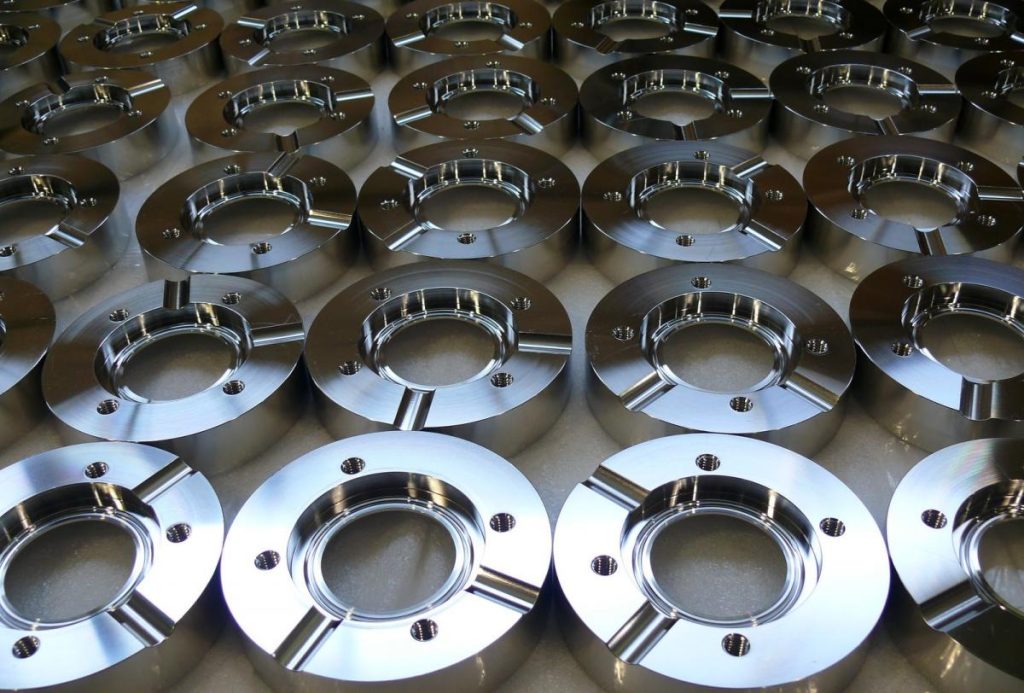
Sandblasting
Use compressed air to spray abrasives at high speed onto the surface of titanium flanges to remove the oxide scale and impurities on the surface, so that the surface has a certain degree of roughness, increase the adhesion of the coating or plating, and improve the surface appearance. Wstitanium selects appropriate abrasives and sandblasting process parameters according to different needs. For example, for titanium flanges that need to be coated with anti-corrosion paint, quartz sand with moderate particle size is used as abrasive, and the sandblasting pressure and time are controlled to make the surface roughness reach Ra3.2 – Ra6.3μm.
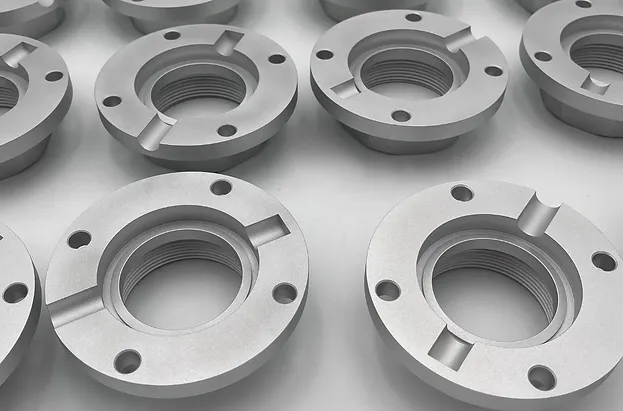
Plating
Wstitanium can coat or plate the surface of titanium flanges, such as coating with anti-corrosion paint, nickel plating, chrome plating, etc., to further improve its corrosion resistance and wear resistance. In some marine environments or highly corrosive chemical environments, coating with high-performance anti-corrosion paint can effectively protect titanium flanges from corrosion; nickel plating, chrome plating and other plating can improve its surface hardness and wear resistance, which is suitable for some working conditions with high requirements for surface performance.
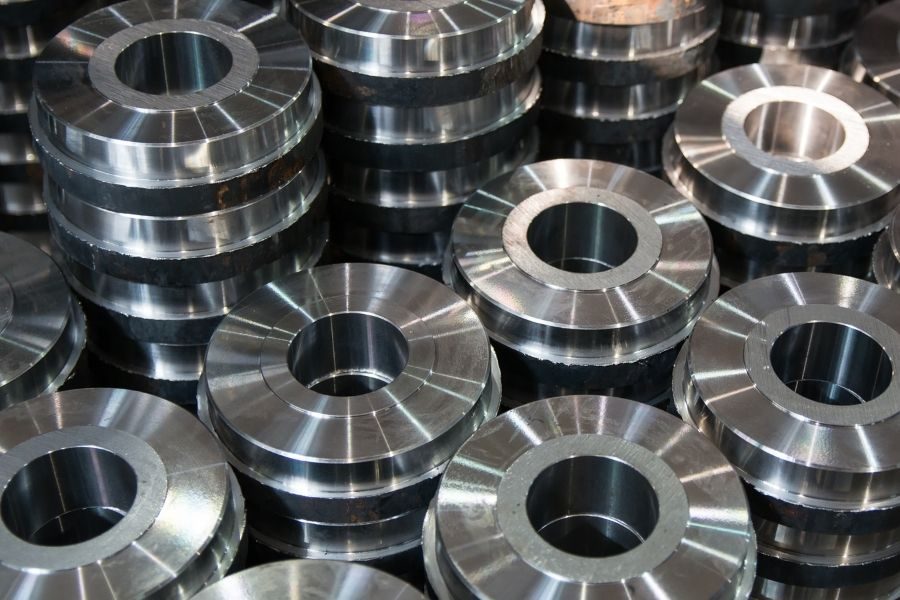
Casting Titanium Flange Gallery

